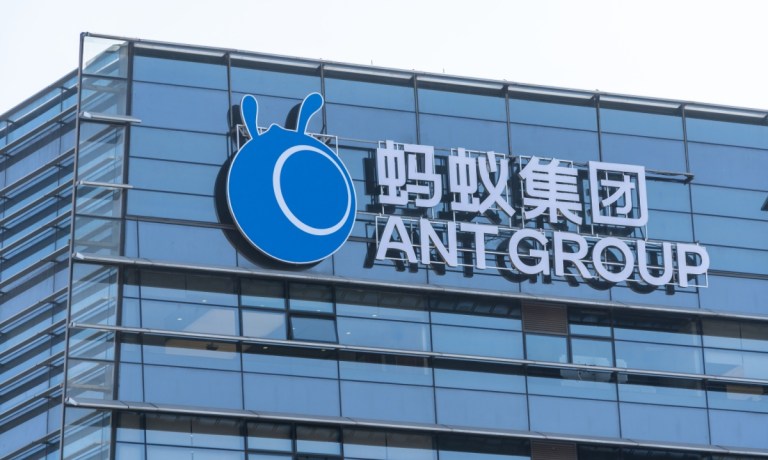
Alipay has launched a series of “International Consumer Friendly Zones” in China.
The company’s owner, owned by China’s Ant Group, announced Monday (April 8) it is working with local merchants, tourism sites and commercial districts to enhance international visitors’ experience and drive business for local merchants in the country’s main tourist destination cities.
Ant Group said in a news release that it offers two mobile payment alternatives for overseas visitors in China: Alipay+, a cross-border mobile payment solution, and linking bank cards to an Alipay app.
“As part of the International Consumer Friendly Zones program, Ant Group will collaborate closely with partners to significantly enhance accessibility and convenience of the two mobile payment options for international visitors,” the release said.
According to the release, the program will place an emphasis on refining these services at destinations most frequented by travelers, such as key transportation hubs, tourist attractions, hotels and shopping districts.
“Initial efforts will focus on expanding bilingual support, offering comprehensive user guides, and bolstering merchant training to ensure a seamless and welcoming experience for global consumers,” Ant Group said.
Last month, Mastercard announced a new connection with Alipay, which allows bank, FinTech and corporate clients to give customers a connection to an e-wallet with more than 1 billion users.
Soon after that partnership was announced, Alan Marquard, head of transfer solutions at Mastercard, told PYMNTS that remittances are primed for continued transformation — to digital channels, and to digital wallets, which make international fund flows cheaper, faster and more convenient.
Marquard said that while sending funds across borders isn’t new, the move to digitized ways of paying were intensified by the pandemic.
“In recent years the gig economy has taken flight, and flexible working arrangements have seen professionals working across countries and remitting funds internationally,” PYMNTS wrote “There’s also been a boom in online platforms, where sellers (whether they’re individuals or small businesses) and buyers send payments abroad.”
And, as he said to PYMNTS, “at the end of the day, payment needs drive payment types,” adding that “digitized experiences like this tend to offer better value for money than multichain or multiplayer chains of payments where a number of people are taking a slice along the way.”